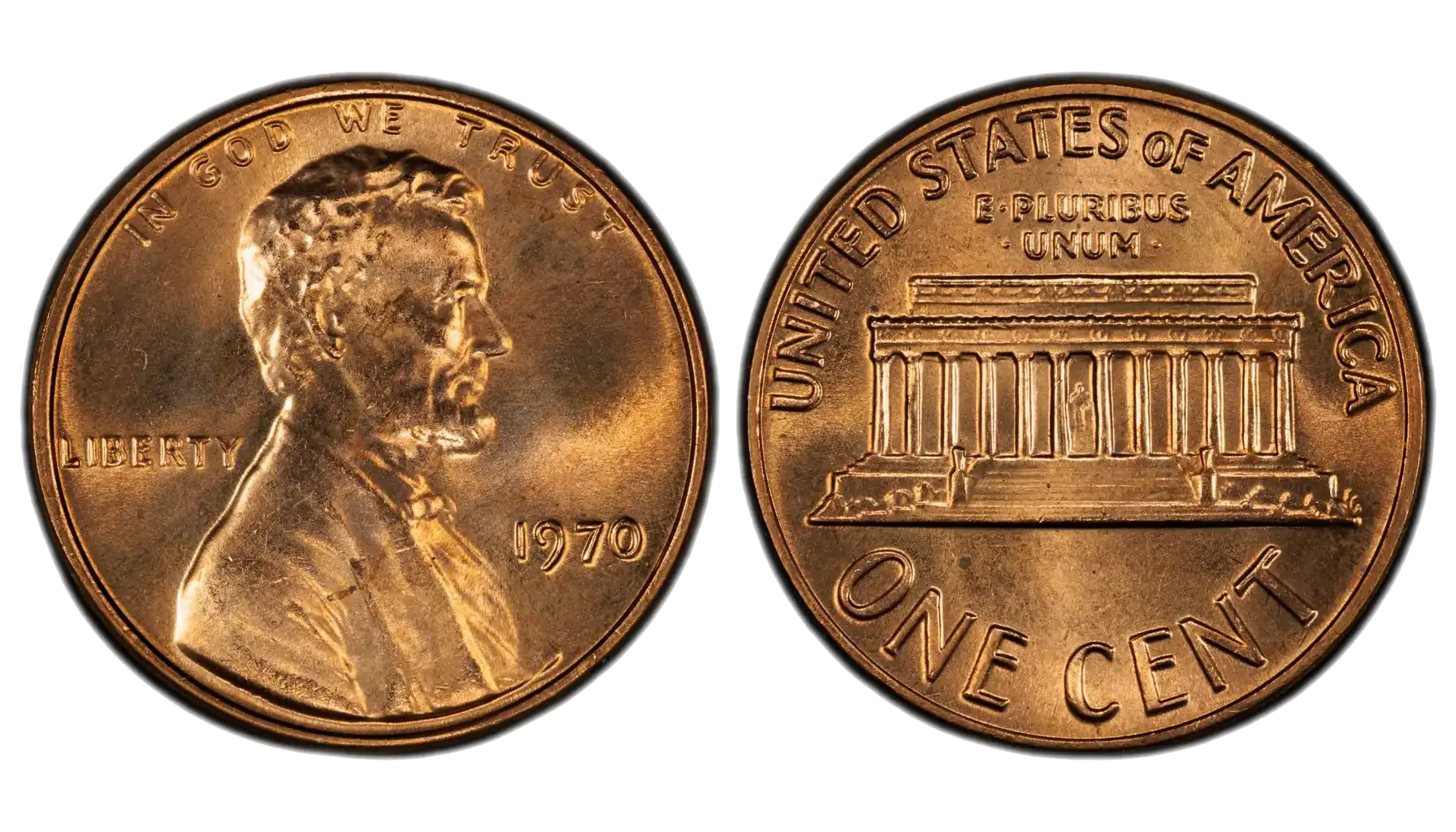Contents:
- Actual Silver Weight (ASW)
- What does the W mean on a Mercury Dime?
- The 1943 No Mint Mark Mercury Dime (Philadelphia)
- Understanding "Full Bands" (FB) Rarity
- The 1943-D Mercury Dime
- The 1943-S Mercury Dime
- Doubled Die Errors
- Repunched Mint Mark
- Overdate Varieties
- Off-Center Strikes
- Struck Through Errors
- Lamination Errors
- Planchet Errors
What Affects Your 1943 W Mercury Dime Value?
Understanding the value of your 1943 US dime, whether a standard issue or a rare error, comes down to a few core principles:
The Better the Condition, the Higher the Value: Simply put, a dime in excellent condition—with sharp details, strong luster, and few blemishes—will always be more valuable.
Get It Graded: Having your coin evaluated and certified by a professional grading service like PCGS or NGC can significantly boost its value.
Eye Appeal: Sometimes, a coin just looks "right." For example, the 1943 D Mercury Dime can be identified by the "D" mint mark located on the reverse.This visual appeal, including attractive natural patina (toning) on silver coins and overall pleasing aesthetics, can make one coin more desirable and valuable than another of the same technical grade.
The Market Changes: Coin prices aren't fixed. Always check the latest information from reputable sources like major auction houses or free coin identification to get the most current valuation. For instance, the 1943 Mercury Dime no mint mark is the most common variety from that year, with a mintage over 191 million.
Errors: Not every imperfection is a valuable mint error. If you think you've found an error, it's wise to get a second opinion from a professional or cross-reference with a comprehensive error guide.
Actual Silver Weight (ASW)
The intrinsic silver content contributes to the Mercury Dime 1943 value, even for coins in lower grades. All 1943 Mercury Dimes are composed of 90% silver and 10% copper.
Total Weight: 2.50 grams
Silver Purity: 90% (0.90)
Calculation: 2.50 grams * 0.90 = 2.25 grams of pure silver.
What does the W mean on a Mercury Dime?
The distinctive design of the 1943 mercury head dime features the allegorical head of Liberty with wings, resembling the Roman god Mercury. And it also has a small "W" on the obverse of a Mercury Dime, specifically located near the bottom of Liberty's neck. It stands for Adolph A. Weinman, who was the acclaimed sculptor and designer of the Mercury Dime.
This "W" is a distinct feature from a mint mark, which would indicate the location where the coin was struck and would typically appear on the reverse of the coin. So, 1943 Liberty Dime W value is fully connected with its grade and mind mark.
The 1943 No Mint Mark Mercury Dime (Philadelphia)
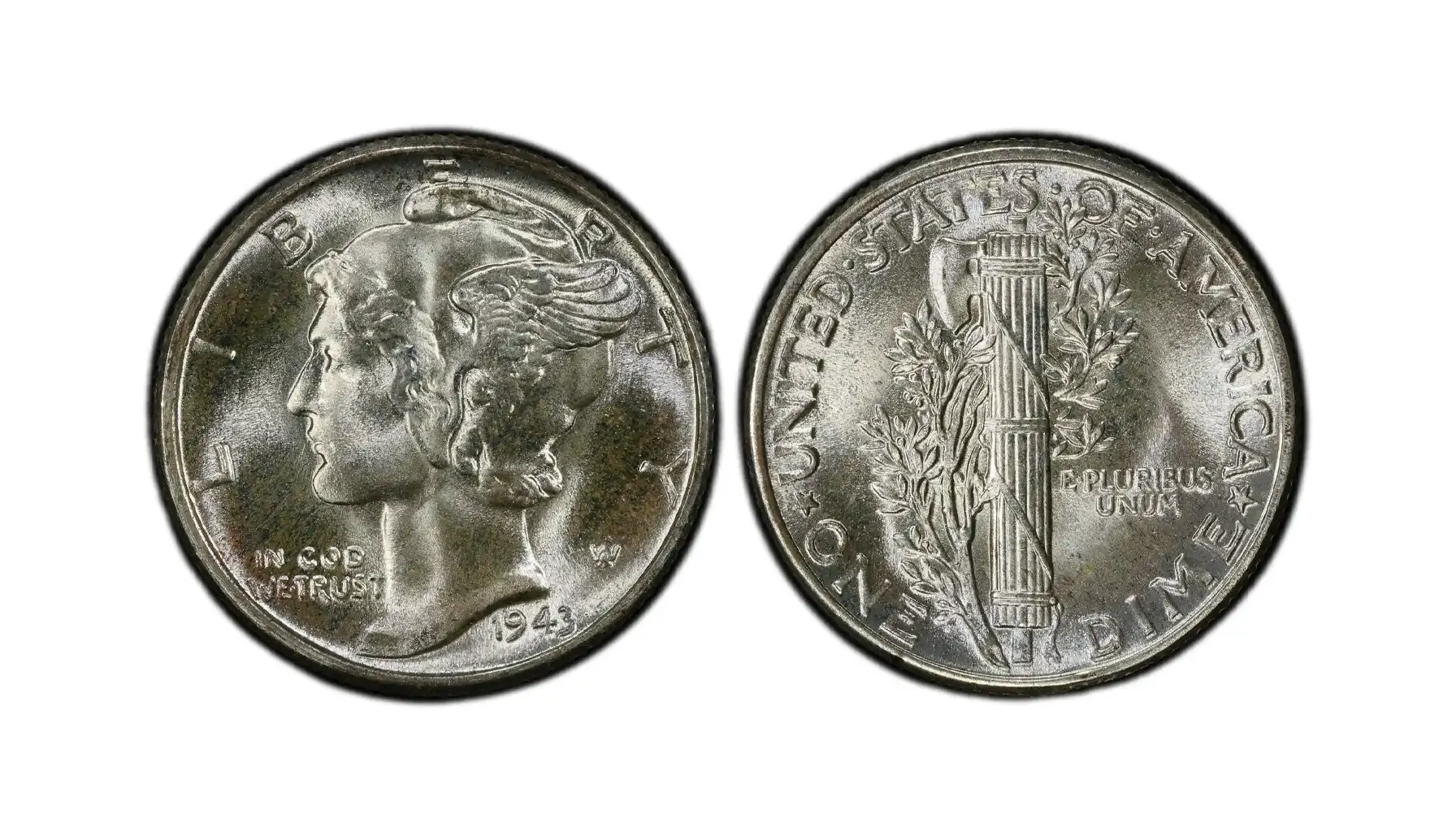
The 1943 dime no mint mark indicates it was struck at the Philadelphia Mint.
In 1943, during the intense demands of World War II, the Philadelphia Mint produced a substantial 191,710,000 Mercury Dimes. Due to their high mintage and extensive circulation, finding 1943-P dimes in pristine uncirculated condition can be challenging, though they are readily available in circulated grades.
Composition: 90% Silver, 10% Copper
Weight: 2.50 grams
Diameter: 17.9 millimeters
Mintage: 191,710,000
Market Value
Grade | Approximate Value (USD) |
G-4 | $2.50 |
VF-20 | $3.50 |
AU-50 | $5.00 |
MS-60 | $10.00 |
MS-63 | $20.00 |
MS-65 | $45.00 |
FB (Full Bands) MS-65 | $100.00~ |
MS-66 | $120.00 |
FB (Full Bands) MS-66 | $250.00~ |
MS-67 | $600.00~ |
FB (Full Bands) MS-67 | $1,500.00~ |
How much is a 1943 dime worth may vary depending on the coin's condition, market demand, and other factors.
Understanding "Full Bands" (FB) Rarity
For Mercury Dimes, the term "Full Bands" refers to a specific, highly desirable characteristic related to the strike quality on the reverse of the coin. The reverse features a fasces, which has a series of horizontal bandsThis indicates a very strong strike, which was difficult to achieve consistently during mass production. Check our 1943 Mercury Dime value chart that helps collectors quickly assess the approximate worth of coins across different grades and mint marks.
The 1943-D Mercury Dime
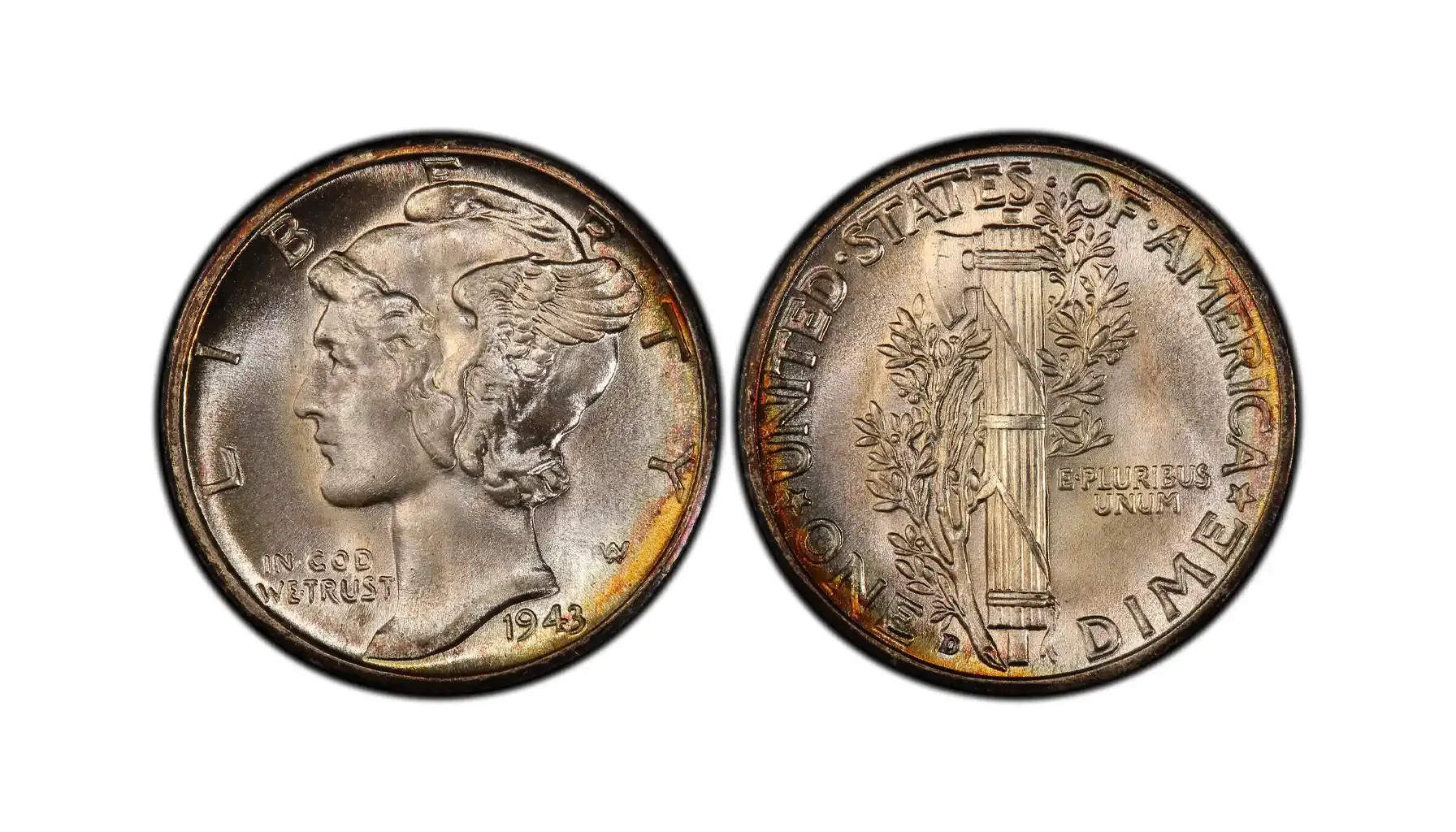
The 1943 D Mercury Dime value for circulated examples is modest, but higher grades, especially with Full Bands, command a premium.
In 1943, the Denver Mint produced 72,060,000 Mercury Dimes. While a considerable mintage, it was significantly lower than Philadelphia's. D-mint mark Mercury Dimes from this era are generally found with good strikes, but high-grade examples can still be elusive due to circulation wear.The 1943 D dime value shows strong increases for high-grade Full Bands examples.
Composition: 90% Silver, 10% Copper
Weight: 2.50 grams
Diameter: 17.9 millimeters
Mintage: 72,060,000
Market Value
Grade | Approximate Value (USD) |
G-4 | $2.50 |
VF-20 | $3.50 |
AU-50 | $5.00 |
MS-60 | $10.00 |
MS-63 | $20.00 |
MS-65 | $45.00 |
FB (Full Bands) MS-65 | $120.00~ |
MS-66 | $150.00 |
FB (Full Bands) MS-66 | $350.00~ |
MS-67 | $750.00~ |
FB (Full Bands) MS-67 | $2,000.00~ |
How much is a 1943 Mercury Dime worth is approximate and may vary depending on the coin's condition, market demand, and other factors.
The 1943-S Mercury Dime

Determining the 1943 S Mercury Dime value requires checking for full band details, which significantly increases its worth in uncirculated grades.
The San Francisco Mint was the smallest of the three active Mints during World War II, and its mintages were generally lower. In 1943, the San Francisco Mint produced 60,000,000 Mercury Dimes.
These are often considered some of the better-struck Mercury Dimes of the year, possibly due to careful die preparation or less intensive production pressures compared to other facilities.
Despite a relatively lower mintage, they are still quite common in circulated grades. High-grade Full Bands examples are particularly sought after by collectors. The 1943 S dime value tends to be higher than other mints for Full Bands examples due to generally better strikes.
Composition: 90% Silver, 10% Copper
Weight: 2.50 grams
Diameter: 17.9 millimeters
Mintage: 60,000,000
Market Value
Grade | Approximate Value (USD) |
G-4 | $2.50 |
VF-20 | $3.50 |
AU-50 | $5.00 |
MS-60 | $10.00 |
MS-63 | $20.00 |
MS-65 | $45.00 |
FB (Full Bands) MS-65 | $150.00~ |
MS-66 | $180.00 |
FB (Full Bands) MS-66 | $500.00~ |
MS-67 | $800.00~ |
FB (Full Bands) MS-67 | $3,000.00~ |
The 1943 dime value today is approximate and may vary depending on the coin's condition, market demand, and other factors.
Doubled Die Errors
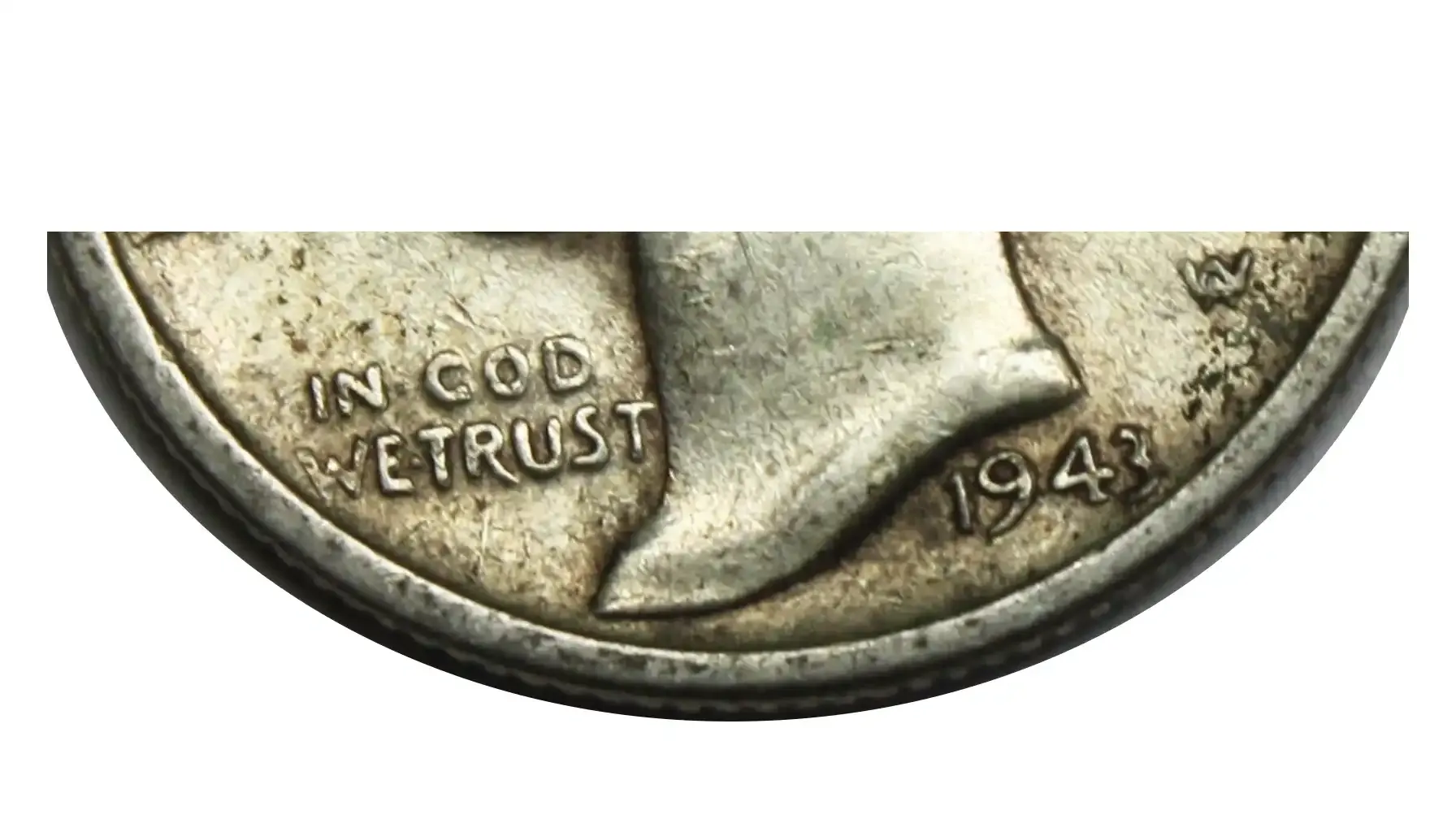
Discovering a 1943 dime error such as a doubled die or off-center strike can significantly increase its desirability and market price. This error occurs when the die used to strike the coin receives multiple, slightly misaligned impressions from the hub, resulting in a doubled appearance of design elements.
For 1943 Mercury Dimes, DDOs and DDRs can affect areas like the date, "LIBERTY," fasces bands, or lettering. The prominence of doubling can vary from minor to highly visible. Strong doubled dies are highly prized by collectors.
Market Value
Grade and Visibility | Approximate Value (USD) |
XF-40 (Minor) | $20 - $75 |
AU-50 (Minor) | $50 - $150 |
MS-60 (Moderate) | $100 - $300 |
MS-63 (Strong) | $250 - $750 |
MS-65 (Strong/Major) | $500 - $1,500~ |
The 1943 Silver Dime value is approximate and may vary depending on the coin's condition, market demand, and other factors.
Repunched Mint Mark
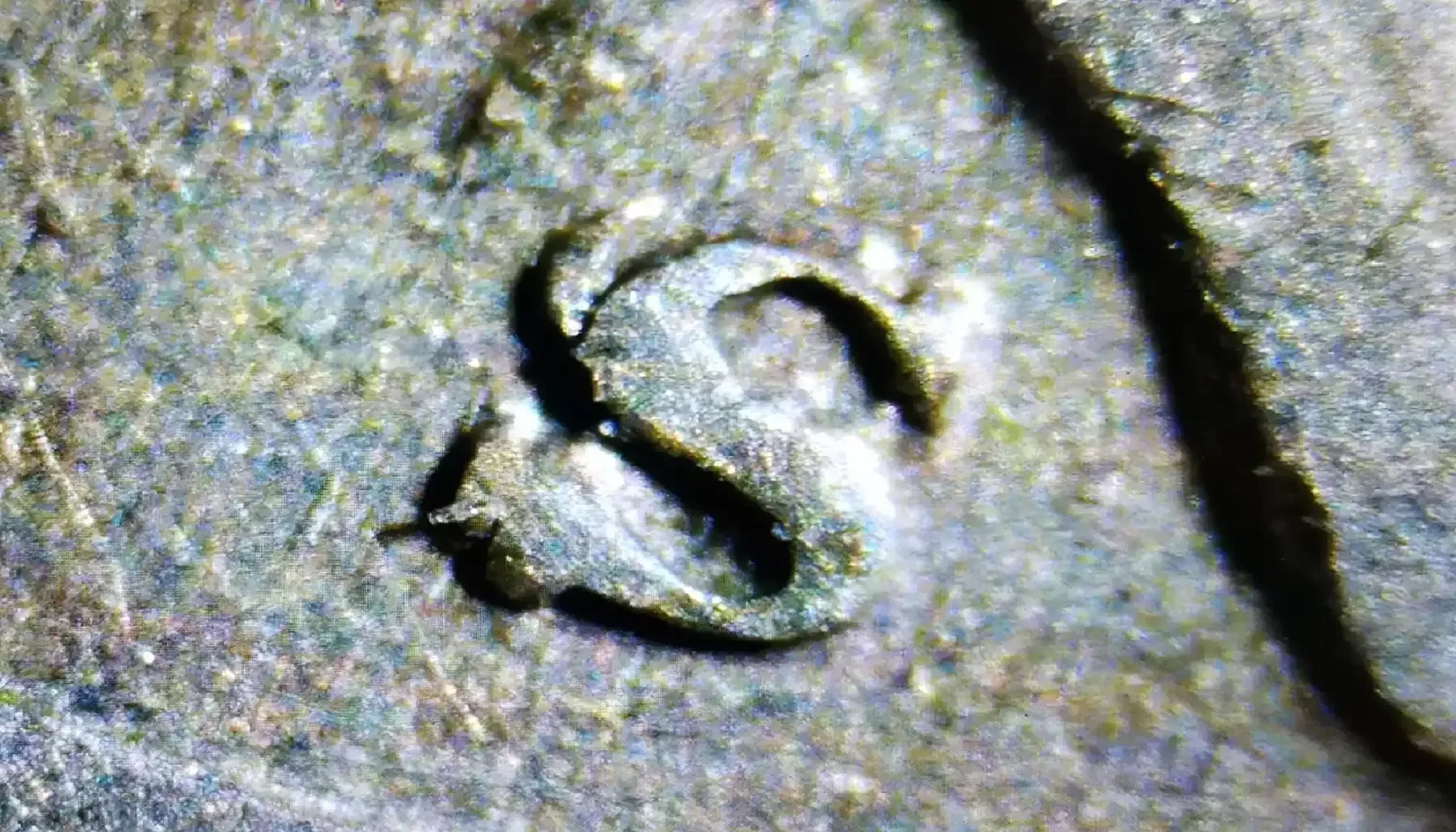
A Repunched Mint Mark occurs when the mint mark (D or S) was punched into the working die more than once, with at least one punch being misaligned. This results in a doubled or tripled appearance of the mint mark itself.
Many RPMs exist for Mercury Dimes across various years and mints, including 1943. Some RPMs are common, while others are rare and highly sought after.
Market Value
Grade and Prominence | Approximate Value (USD) |
G-4 (Minor) | $3 - $10 |
VF-20 (Moderate) | $10 - $30 |
AU-50 (Moderate) | $25 - $75 |
MS-60 (Strong) | $50 - $150 |
MS-65 (Strong) | $100 - $400~ |
How much is a 1943 Liberty Dime worth is approximate and may vary depending on the coin's condition, market demand, and other factors.
Overdate Varieties
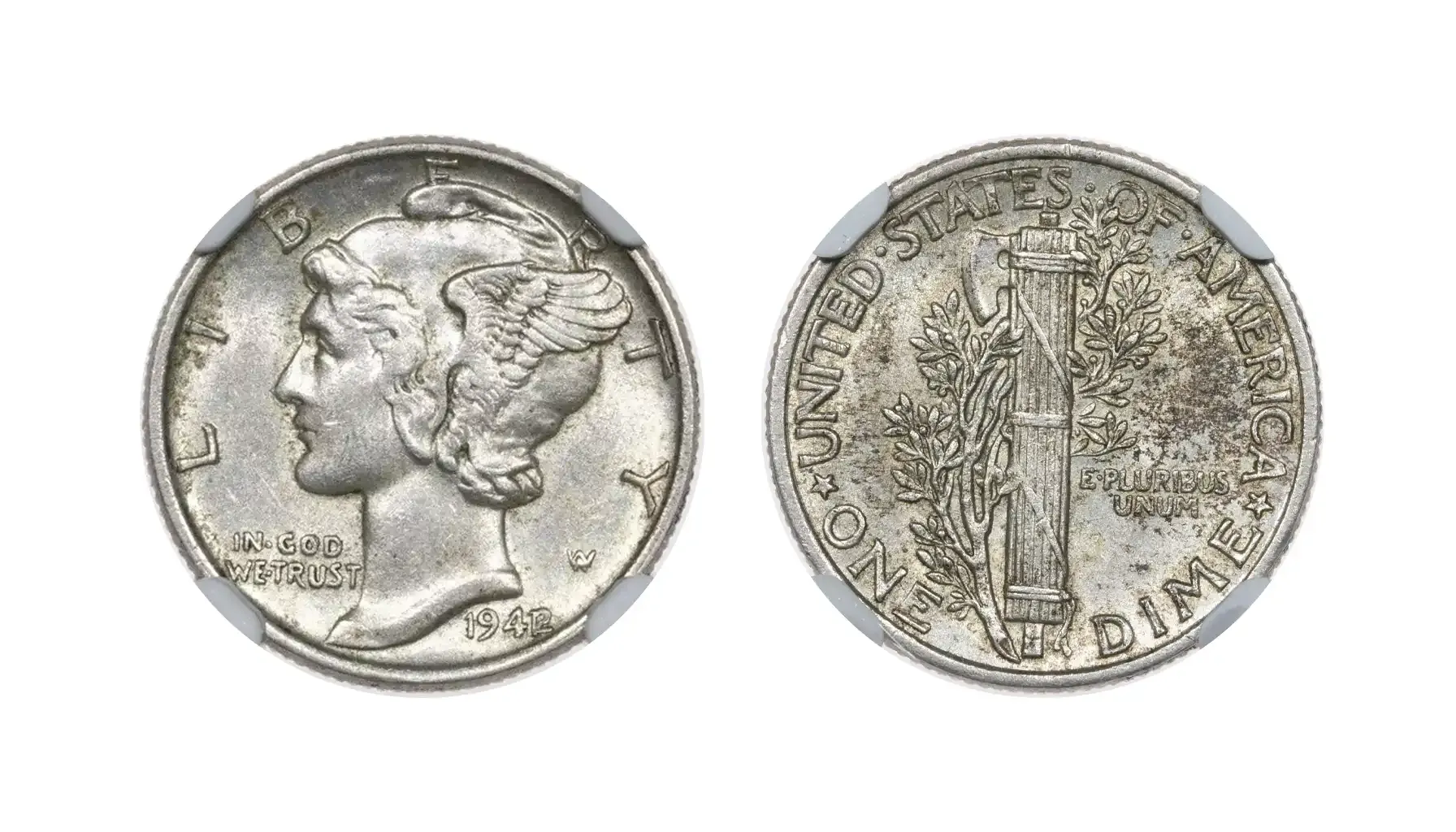
An overdate occurs when a new date is punched over an old date on the working die. While famous examples like the 1942/1-D exist, a significant, widely recognized overdate for 1943 Mercury Dimes is not commonly listed.
However, minor forms of re-engraving or anomalies around the date are possible and might be mistakenly identified as overdates. If a true, distinct overdate were discovered, its value would be substantial.
Market Value
Grade and Prominence | Approximate Value (USD) |
Minor Anomaly (Circ.) | $5 - $20 |
Minor Anomaly (Unc.) | $20 - $75 |
Significant (Undiscovered) | Potentially $1,000s to $10,000s~ |
What is a 1943 Mercury Dime worth is approximate and may vary depending on the coin's condition, market demand, and other factors.
Off-Center Strikes
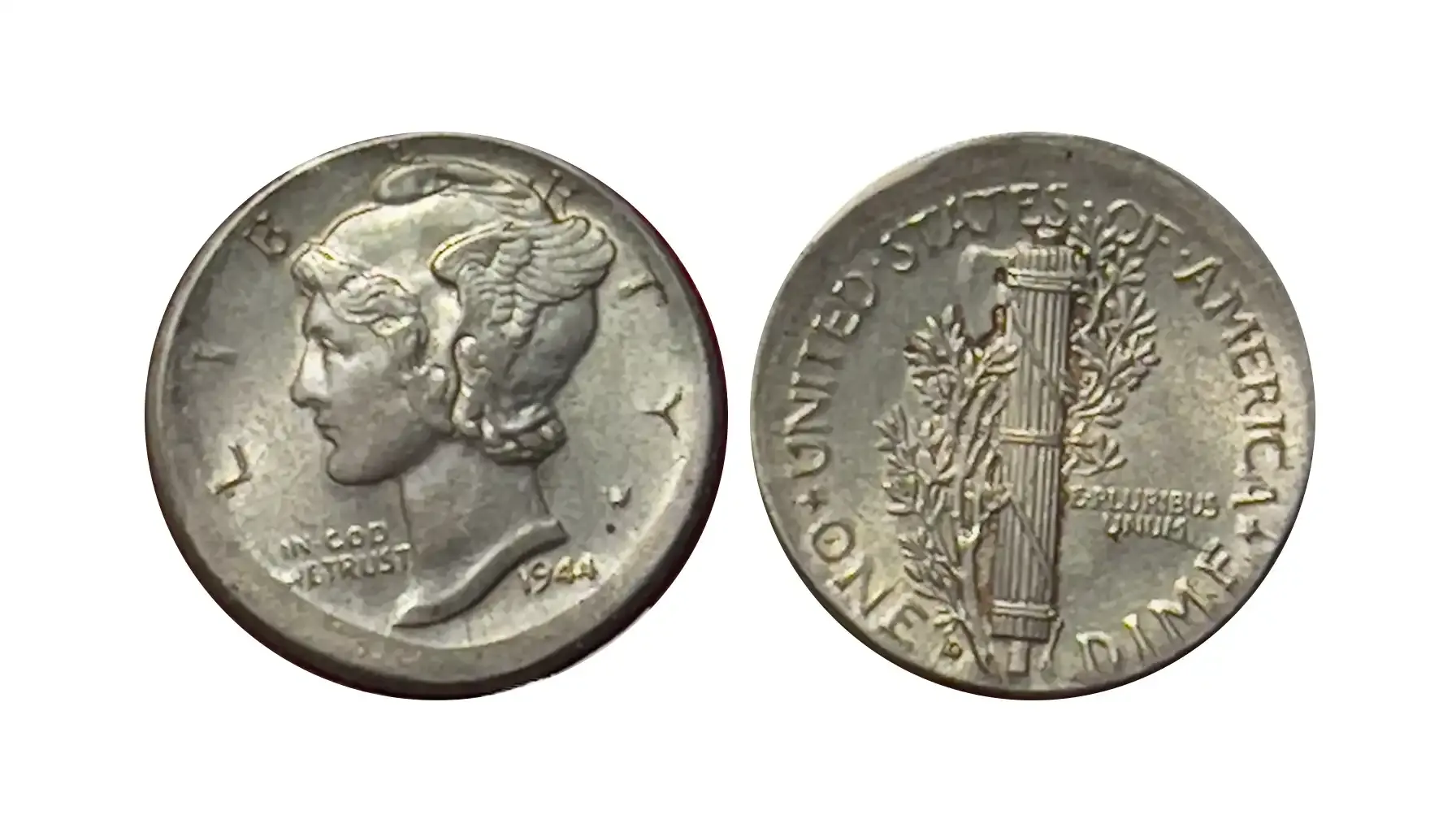
The 1943 W dime value is caused by its grade and errors. An off-center strike occurs when the planchet is not properly centered between the dies when the coin is struck, resulting in part of the design being missing and a blank area visible on one side.
The value depends on the degree of off-centerness and whether the date and mint mark are still visible.
Market Value
Degree Off-Center (Date Visible) | Approximate Value (USD) |
10% Off-Center | $20 - $75 |
25% Off-Center | $50 - $200 |
50% Off-Center | $150 - $500 |
75%~ Off-Center (Dramatic) | $500 - $1,500~ |
The 1943 Liberty Dime value is approximate and may vary depending on the coin's condition, market demand, and other factors.
Struck Through Errors

The design of the Liberty Dime 1943 features Lady Liberty wearing a winged Phrygian cap on the obverse. This type of error occurs when a foreign object or debris gets between the die and the planchet during the striking process. Examples include struck-through grease, cloth, wire, or even another coin.
The value depends on the size, nature, and clarity of the struck-through object's impression.
Market Value
Prominence and Type | Approximate Value (USD) |
Minor Grease (Circulated) | $5 - $25 |
Minor Grease (Unc) | $20 - $75 |
Moderate Struck-Through | $50 - $200 |
Significant Struck-Through | $200 - $1,000~ |
The value of a 1943 dime is approximate and may vary depending on the coin's condition, market demand, and other factors.
Lamination Errors
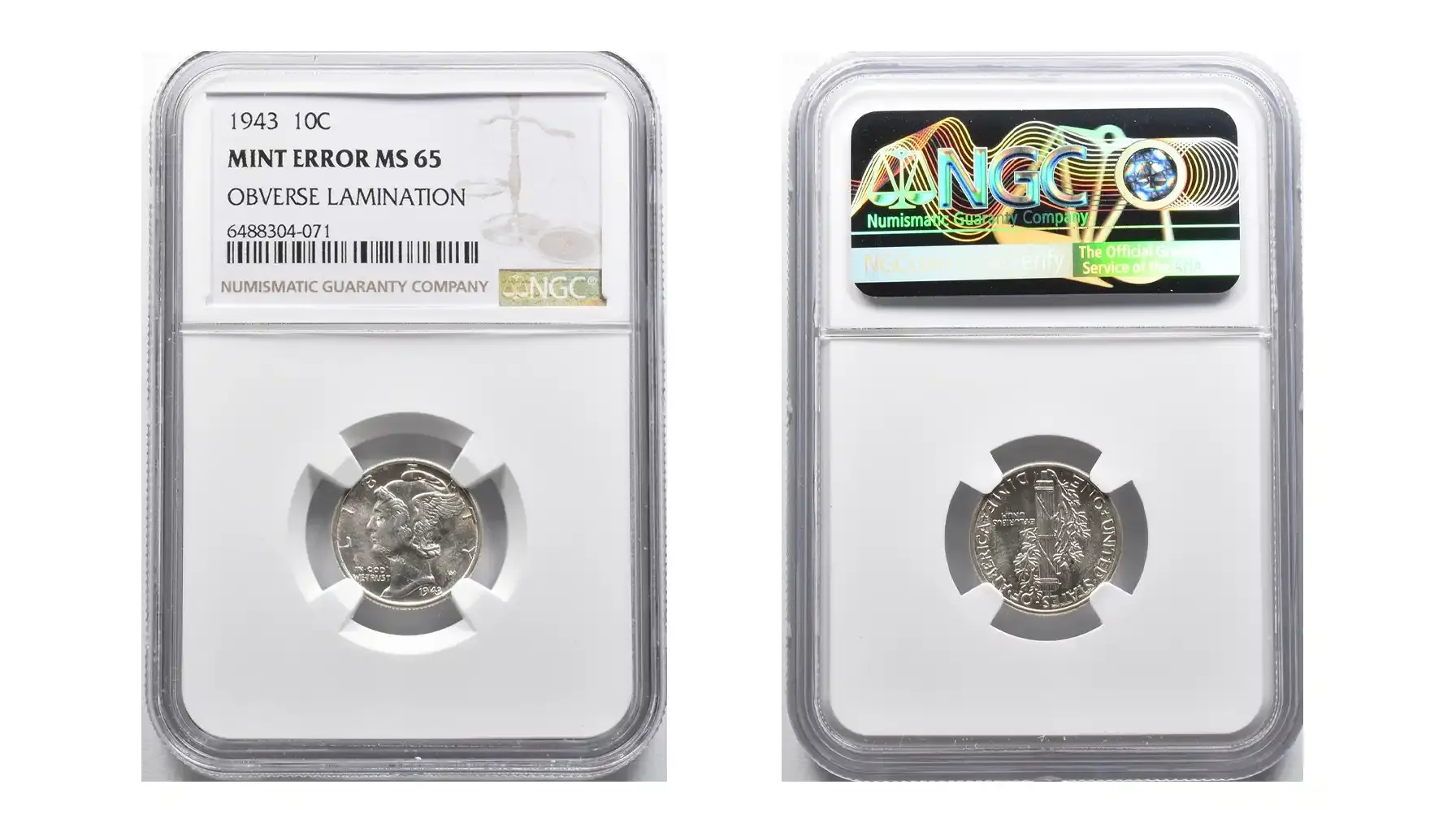
What is a 1943 Dime W worth comes down to its specific mint and grade, along with any recognized errors. Lamination errors occur when impurities or weaknesses in the planchet metal cause layers to separate or peel away, either before or after striking. These can appear as raised bubbles, peeled areas, or missing pieces of metal.
Market Value
Prominence and Type | Approximate Value (USD) |
Minor (Small Flakes) | $10 - $40 |
Moderate (Noticeable Peel) | $40 - $150 |
Significant (Large/Disruptive) | $150 - $500~ |
The 1943 dime coin value is approximate and may vary depending on the coin's condition, market demand, and other factors.
Planchet Errors
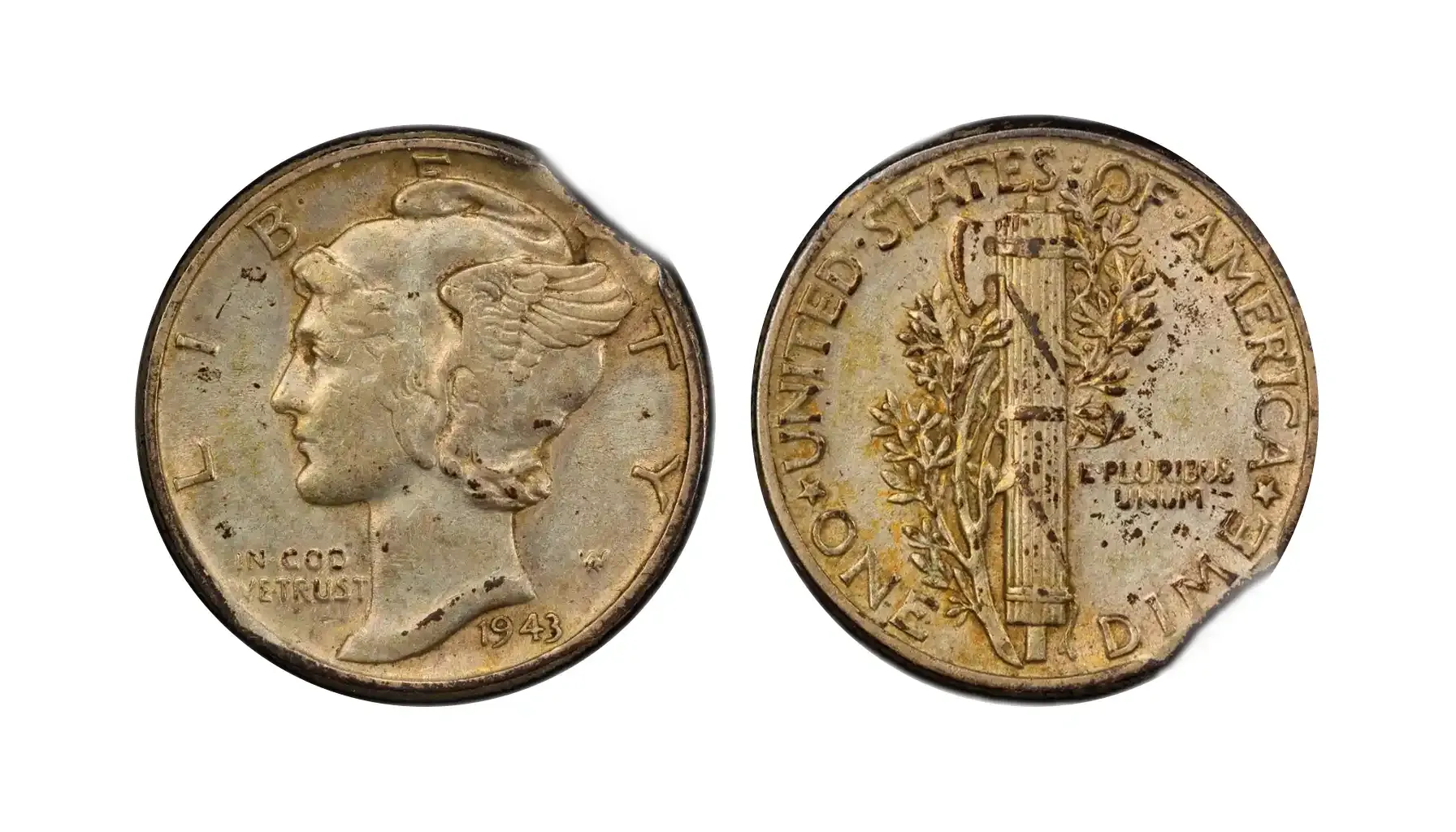
Planchet errors occur during the production of the coin blank itself, before striking.
Clipped Planchet: A curved or straight clip missing from the edge of the coin, caused by an error during the blanking process.
Split Planchet: The coin blank separates into two thinner pieces, often due to impurities in the metal. This can occur before or after striking.
Market Value
Type and Prominence | Approximate Value (USD) |
Minor Clipped (Circulated) | $20 - $75 |
Moderate Clipped (Circulated) | $75 - $250 |
Major Clipped (Uncirculated) | $200 - $750~ |
Split Planchet (Full Coin) | $50 - $200 |
Split Planchet (Partial Coin) | $20 - $100 |
The value of 1943 dime is approximate and may vary depending on the coin's condition, market demand, and other factors.
While some might believe a 1943 Mercury Dime W mint mark indicates its origin from the West Point Mint, this is not true; the small "W" on the obverse actually represents the initial of the coin's designer, Adolph A. Weinman, and the West Point Mint did not strike Mercury Dimes for circulation in 1943. Millions of 1943 dimes were minted across Philadelphia, Denver, and San Francisco to support the wartime economy.



